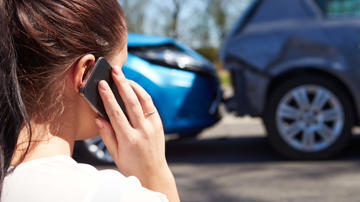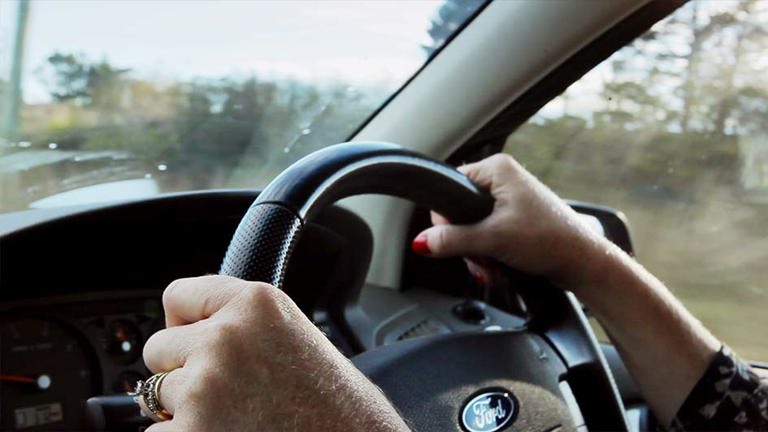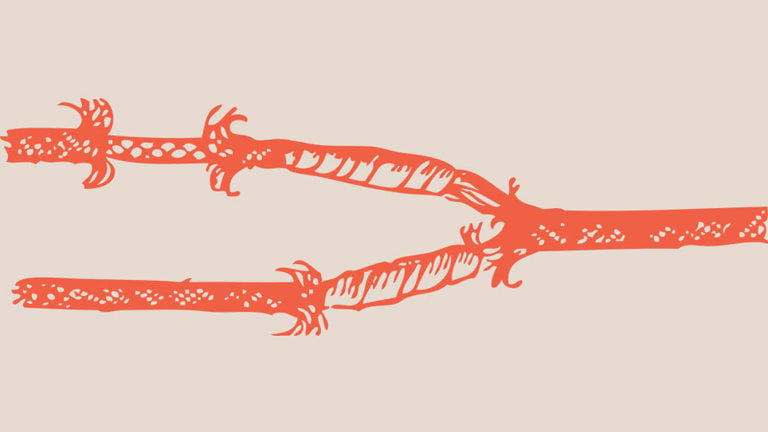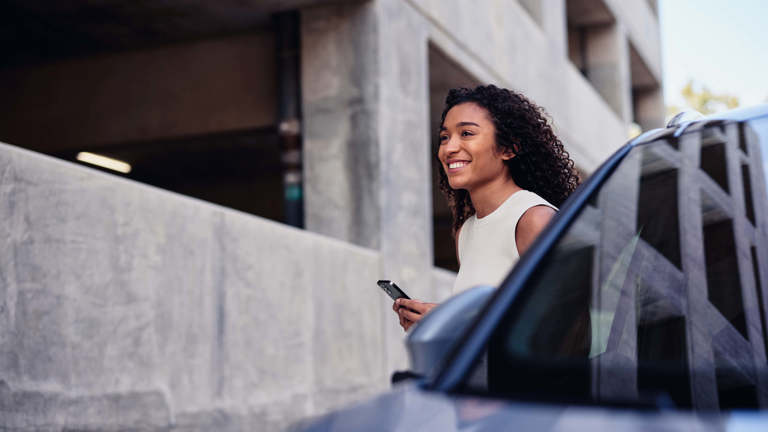Car accidents can happen to anyone – no matter how good a driver you are. Whether it’s a minor ding or a more serious crash, knowing what to do in a car accident is critical – not only for car insurance purposes, but also to help ensure the safety of everyone involved.
In 2021-22, 19,049 car occupants were hospitalised and 736 lost their lives as a result of transport-related injuries on Australian roads.1 Thankfully not every car accident results in injury, but even the smallest incident can be stressful.
To make things a little less overwhelming, here are some steps you might want to follow if you’ve been involved in a car accident – big or small.
What to do in a car accident checklist
1. Assess the situation
Immediately after the accident, you’ll probably be feeling shocked and upset. You might want to take a moment to compose yourself, turn on your hazard lights and calmly assess the situation.
2. Check everyone is OK
If someone at the scene needs urgent medical attention or the accident has created a dangerous environment, call 000 immediately.2
When calling 000, use your common sense and judgement. However, as a general rule, you should call emergency services if:
- There has been a death or injury that requires urgent medical attention
- The accident has created a hazardous environment, such as a fuel spill or fallen power lines
In certain circumstances, you should also call the non-urgent Police Assistance Line on 131 444.3 This is a national number that can be used in all states and territories and will connect you to your local police.
In NSW, for example, you should report the accident to the police if:
- Someone is trapped, killed or injured
- Alcohol or drugs appear to be involved
- A driver fails to stop or exchange details
- Police need to direct traffic or deal with hazards
- A bus or truck needs to be removed from the scene by tow truck.4
These criteria vary depending on the state or territory you’re in, so it’s important to understand the rules that apply in your location.
3. Move off the road
If it’s safe and possible to do so, carefully move your vehicle off the road and turn the engine off to help prevent a fire from igniting. Before exiting your vehicle, check for any oncoming traffic.
4. Gather information
You will need to exchange details with the other parties involved. Every day, Youi’s Vehicle and Leisure Claims Manager, Helen Savell, and her team receive calls from customers who have been involved in car accidents. Forgetting to get all the necessary information from the other drivers involved is common, she says.
“The key pieces of information to get are the other drivers’ full names plus two of either their phone number, address, driver’s licence number or registration number for their vehicle involved in the incident,” explains Savell.
“Most people think insurance companies can get all the other details from a number plate or driver’s licence, but we can’t, which can lead to disappointment. If we have all the information, we have a much better chance of seeking a recovery from the responsible party.”
If possible, Savell recommends also noting down the following additional details:
- The make, model and colour of other vehicles involved
- Police or emergency services reference number if they attend the scene
- Time, date and location of accident
- Damage information
- Details about your trip (where were you travelling to and from)
- Road conditions at the time of the accident
The Queensland Police have put together a template that can help you to remember what details to collect in the case of an accident.5 It might be helpful to print one out and keep it in your glove box.
For your protection, it might be best not to discuss who’s at fault with the other parties. Let your insurer take care of that.
5. Take photos
If it’s safe to do so, get some photos of the vehicles involved; try to capture number plates and any specific damage to the vehicles or other property as a result of the damage.
Savell says that by showing where the cars are located and what the damage is, photos can be helpful in determining who is liable.
6. Collect witness details
If the other party is unwilling to cooperate, write down or take a photo of their number plate. Don’t forget to take the details of anyone who may have witnessed the accident too.
“It’s also helpful to have witnesses for any accident where liability could be disputed,” says Savell.
“For example, if you are hit in the rear at the traffic lights there would be no need for a witness, but if your car is hit in an intersection and the lights are a point of contention, then a witness could be invaluable.”
Do I need to report minor accidents to the police?
In most states and territories, including NSW,4 Queensland 6 and Western Australia,7 minor accidents may not be required to be reported to the police. You must still stop at the scene and provide your details to the other driver.
In South Australia, however, you must report any crash, even if no one was injured, everyone exchanged details, no vehicles were towed and the police did not attend.8
How do I claim on insurance after a car accident?
It’s always best to notify your insurer of any incidents as soon as practically possible after an accident to lodge a claim. Claim lodgement cut-offs differ depending on the type of car insurance and the insurers themselves, so it could be worth checking your product disclosure statement (PDS) to see how long you have to lodge a claim.
Contact your insurer to lodge a claim. They should be able to talk you through the next steps and help you to figure out the best course of action depending on the amount of damage and the type of insurance cover you have.
What if you’re not at fault?
“Regardless of who is at fault, the claims process itself is exactly the same,” says Savell. “The difference is whether the claimant will have to pay an excess or not.
“An excess is not about whether someone is at fault; it’s about whether we can recover the costs. As the customer is responsible for the excess, the only way they won’t have to pay it is if we know we’ll get that money back [from the other party].”
What does Compulsory Third Party insurance cover?
Compulsory Third Party (CTP) insurance provides financial protection for drivers against injury or death caused to third parties in a car accident, but it does not cover damage to vehicles or property.
Drivers across all Australian states and territories must have CTP insurance at a minimum to legally drive.
Youi offers CTP insurance in SA and NSW (where it’s known as a CTP Green Slip).
If you only have CTP insurance, the time limit for making a claim for personal injury differs depending on which state or territory your car is registered in.
It also depends on whether there’s a single CTP provider and if the state operates under a no-fault scheme, such as in Victoria,9 NSW10 and Queensland.11 In these states, accident victims may be eligible to receive compensation regardless of who was at fault in the accident.
While any crash can be incredibly stressful, hopefully the information above helps you feel a little more confident you’ll know what to do in a car accident, and in navigating the insurance claims process.
If you experience a car accident and you’re insured with Youi, our dedicated claims advisors are available 24/7 to help lodge your claim so you can get back on the road as soon as possible. Just call 13 9684 if you would like to speak to an advisor directly.
Note: Information in this article is relevant as of October 2023 and by its nature will change over-time. Check relevant Government websites for updates if this information is important to you.
1 Source: Australian Institute of Health and Welfare – Injury in Australia: Transport accidents, 20 September 2023
2 Source: healthdirect – Calling triple zero (000)
3 Source: Australian Federal Police – Contact us
4 Source: NSW Government – What to do at a road crash
5 Source: Qld Police – What to do in a traffic crash
6 Source: Qld Police – Traffic crash FAQs
7 Source: WA Police Force – Reporting a traffic crash
8 Source: SA Police – Report a crash
9 Source: Transport Accident Commission – What is a TAC claim?
10 Source: NSW Government State Insurance Regulatory Authority – Benefits for injured people
11 Source: National Injury Insurance Scheme, Queensland – About NIISQ





